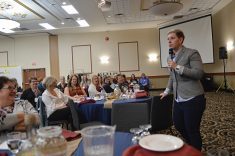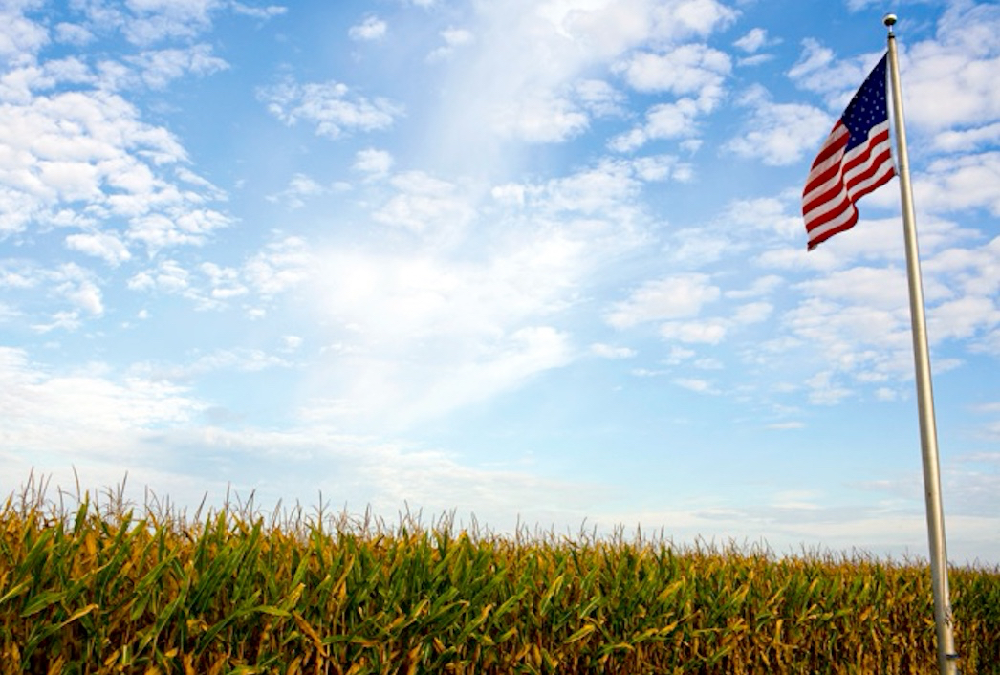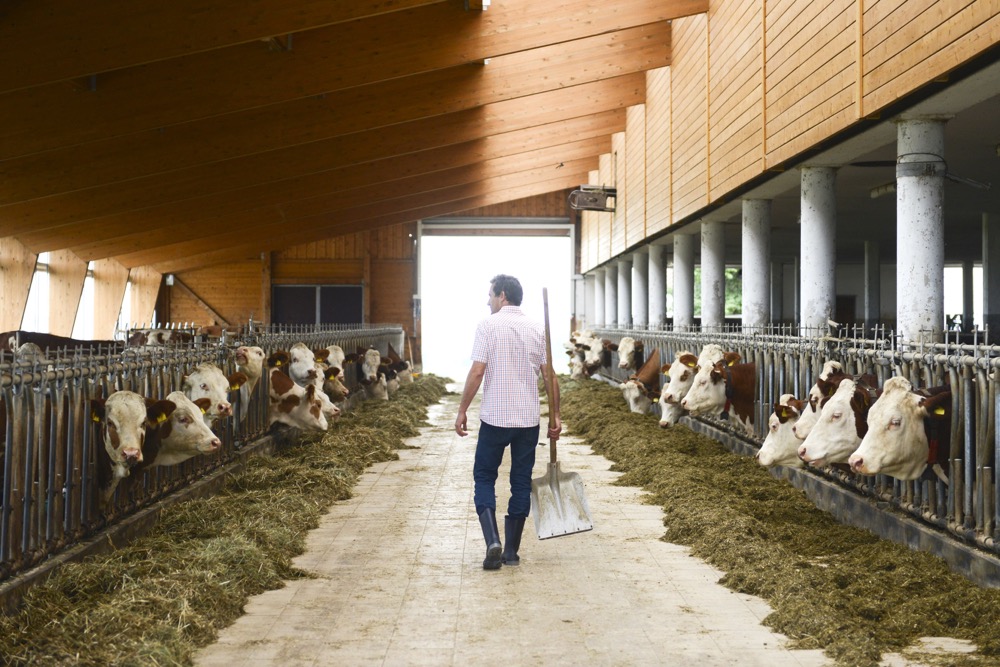The number of women farmers in Canada is up for the first time in 30 years and older women are raising the totals.
The 2021 Census of Agriculture reported an increase of nearly 2,000 female farm operators over the 2016 census, or about two per cent. The number of male farm operators dropped nearly six per cent in that time.
Manitoba saw an increase of 365 female farm operators, for about an eight per cent increase, mostly in the oldest age category. The number of female farm operators aged 55 plus rose by about 18 per cent. The rate of increase for women farmers in this category was more than five times higher than that of men of the same age.
Read Also

Local farm businesses, groups look forward to Manitoba Ag Days 2026
Most of agriculture is seemingly at Manitoba Ag Days each January: Manitoba agribusinesses and farm groups look forward to connecting with farmers at the 2026 show.
In the same period, the number of female farm operators younger than 35 decreased by nearly 10 per cent, and those between the ages of 35 and 54 decreased nearly 16 per cent. Male farmers saw the same trend.
Why it matters: There are more women farming but there are barriers to their success.
The Canadian Agri-Food Policy Institute hosted a Dec. 7 online panel discussion about the numbers and their implications for the ag sector.
Female farm operators include women who make managerial decisions for a farm and don’t necessarily need to own the land, said Matthew Shumsky, manager of releases for the Census of Agriculture with StatsCan.
It doesn’t include women who do paid agricultural labour but do not manage the farm, and therefore doesn’t fully reflect how many women work in agriculture, Shumsky added.
[RELATED] Alberta Farmer Express: The door is open and young women should walk through it
He said the greatest increases of female farm operators were among farms in the highest revenue classes.
Single-operator farms accounted for the entire increase of female farm operators, while the number of women on multiple-operator farms has decreased, said Shumsky.
The proportion of women farmers has been increasing since 1991, even though the overall number has declined in that time, according to StatsCan data. The number of male farmers has decreased more quickly.
In the United States, women farm operator numbers have also been rising, said Claudia Schmidt, a researcher with Pennsylvania State University. However, some of that increase came after the USDA began allowing for multiple farm operators on its surveys.
Research has shown that women farmers in the U.S. on average earn 40 per cent less than their male counterparts, making agriculture among the most unequal professions in the country, Schmidt said.
When asked why the number of Canadian women farmers was increasing in the high-revenue categories, Schmidt said there could be multiple reasons. More women are enrolling in agriculture university programs, she said, and peer support for women farmers has improved.
There’s also some (U.S.) research that suggests women are taking over the farm after their husbands’ deaths.
Canadian federal government programs have boosted the number of women farmers, said Jeannine Messiers, president of Agricultrices du Quebec, speaking through a translator.
[RELATED] Alberta Farmer Express: Women ‘a driving force’ in conservation efforts
In Quebec, a federally funded program called Dimension E links women in agriculture to consultants, a research database, coaching and other supports, Messier said.
Farm Credit Canada’s Women Entrepreneur Program has invested $500 million in female agriculture and food entrepreneurs since 2019, Shumsky said.
In terms of needed support, child care is an issue, said Messiers, especially since farmers work atypical hours. Other professions, like police and firefighters, also work atypical hours, Messier said, and should be included when making a case for government support.
She also suggested that labour co-ops could provide child care and household work support for women farmers.
Access to financial research and to land continue to be barriers for women, said Schmidt, and should be studied to see if women are discriminated against in these areas.
















